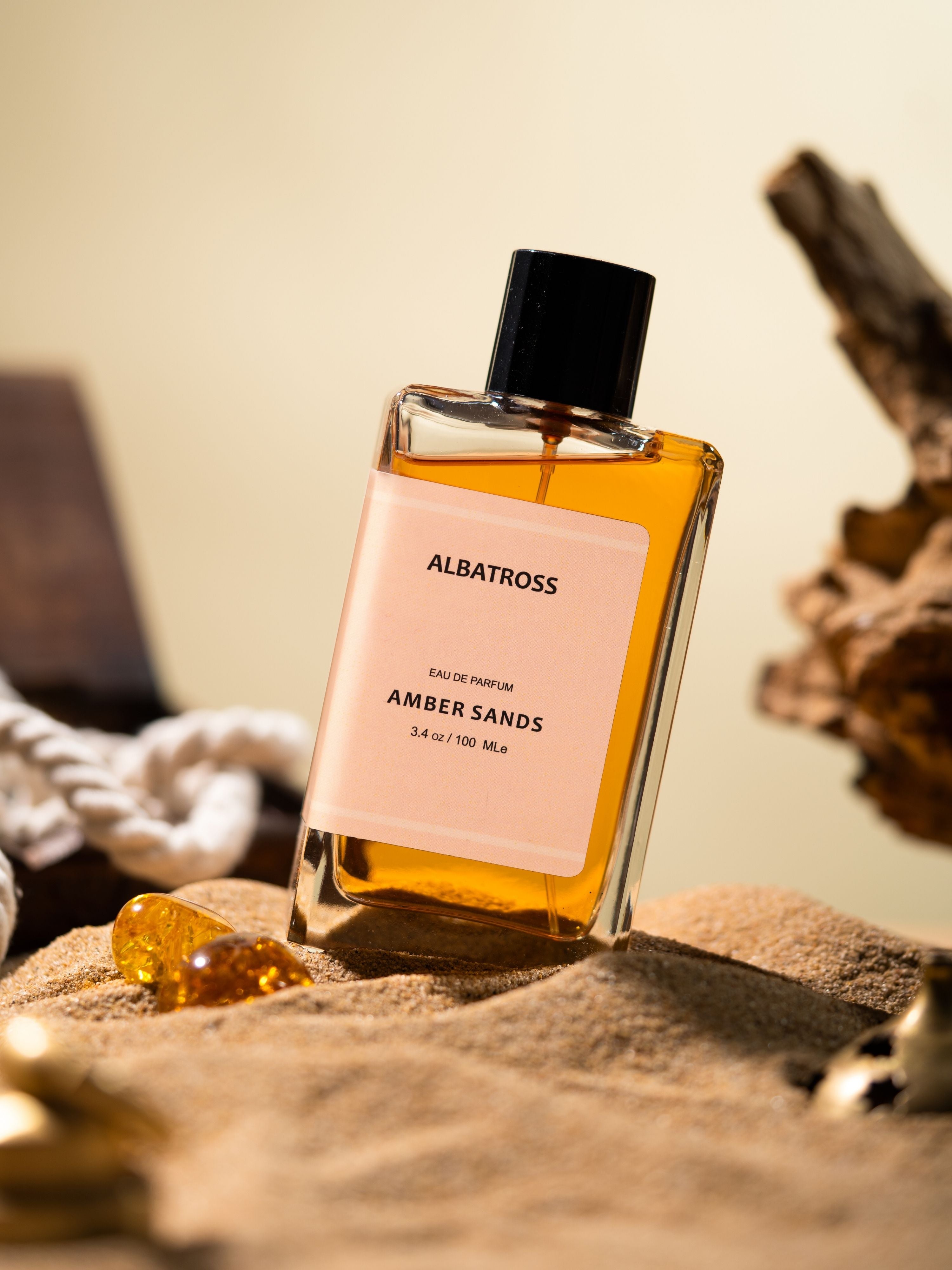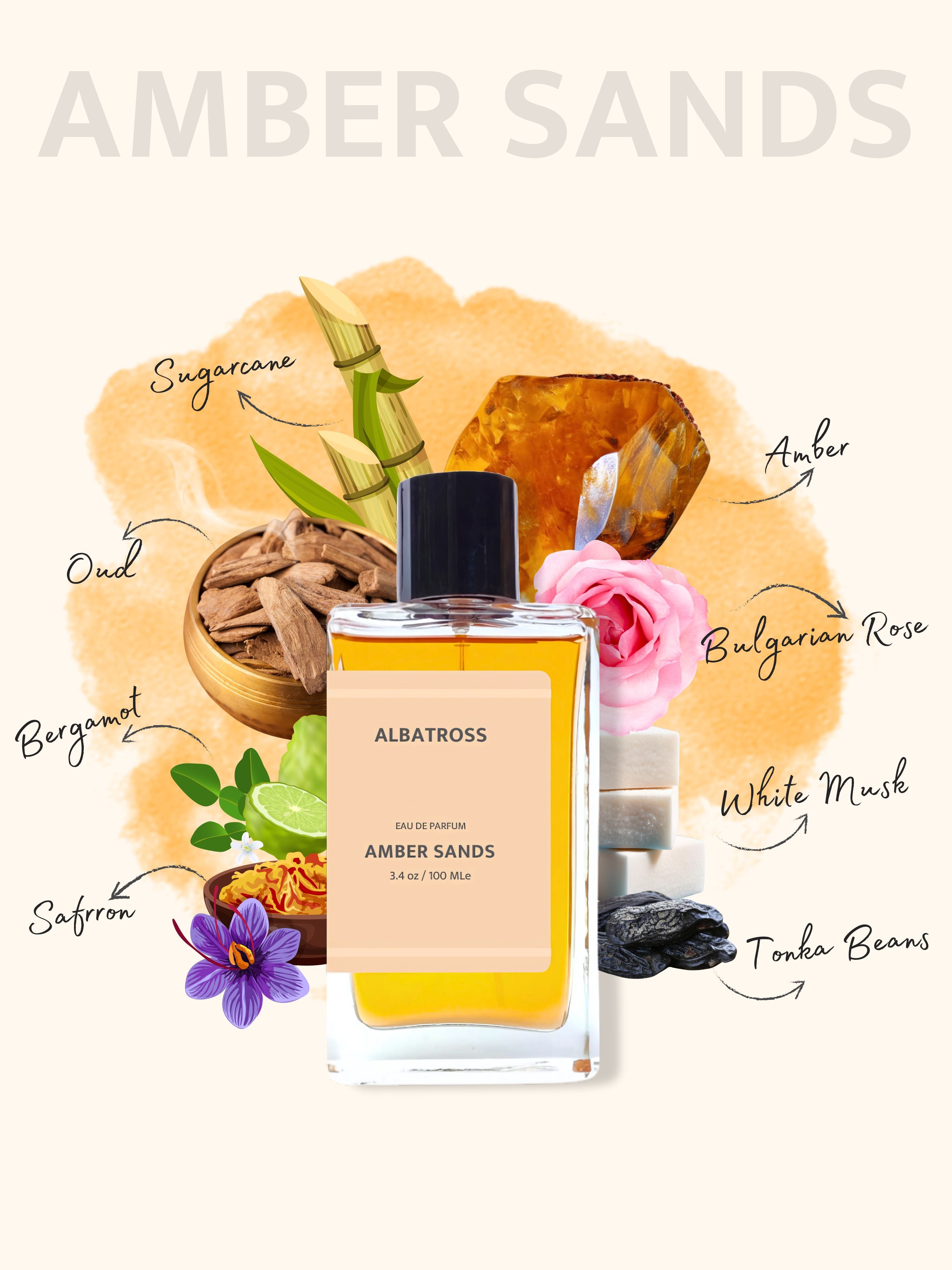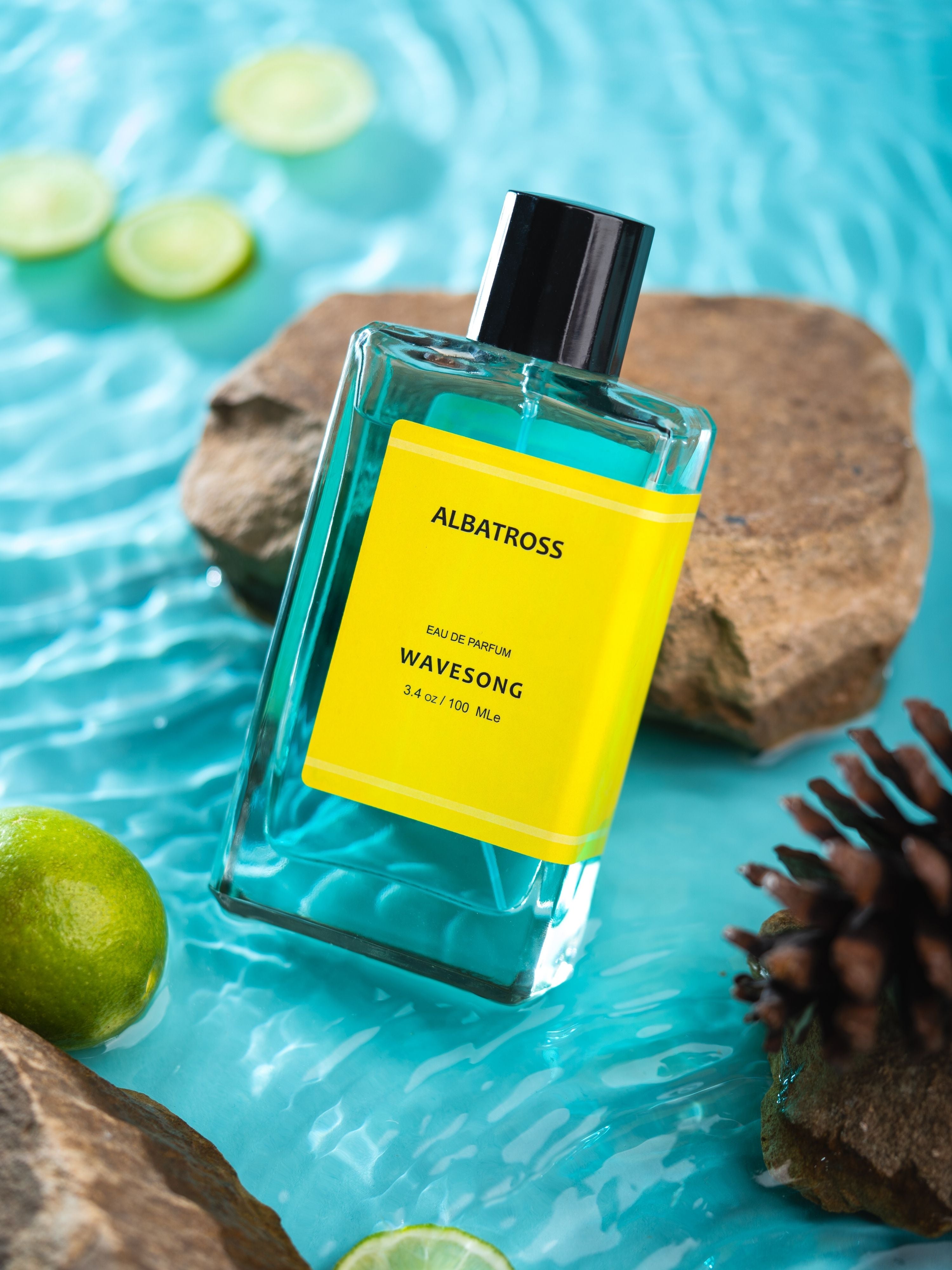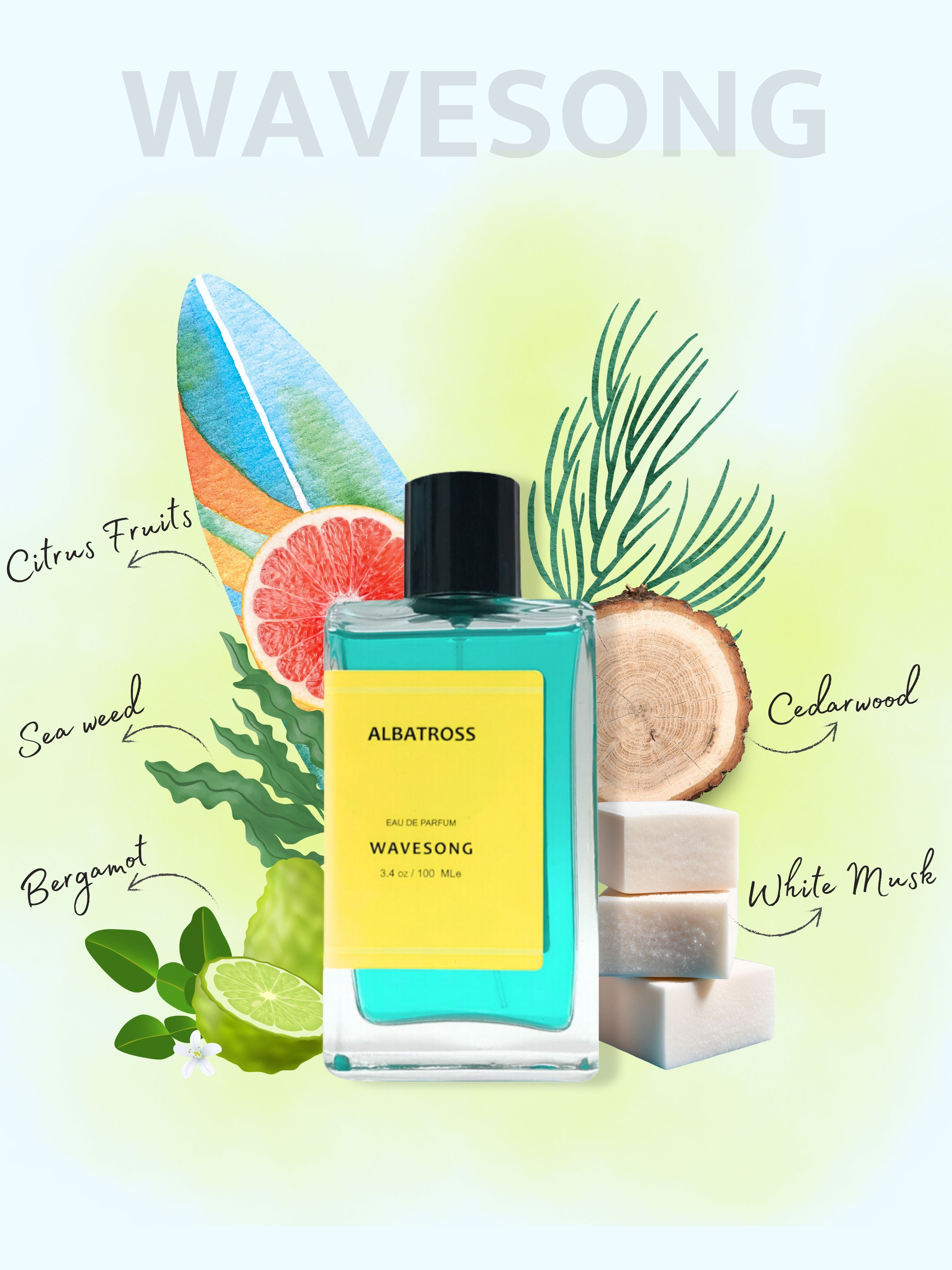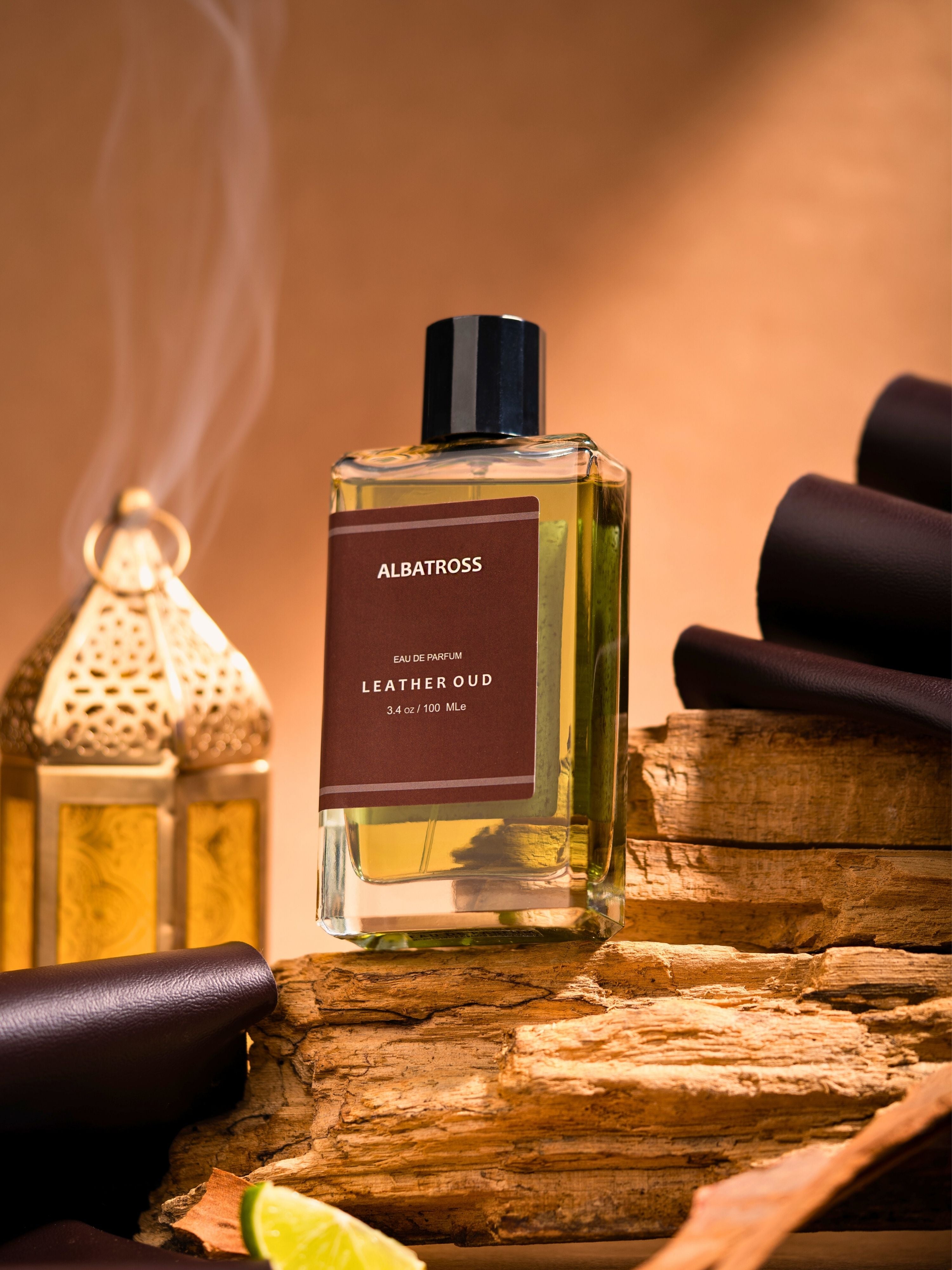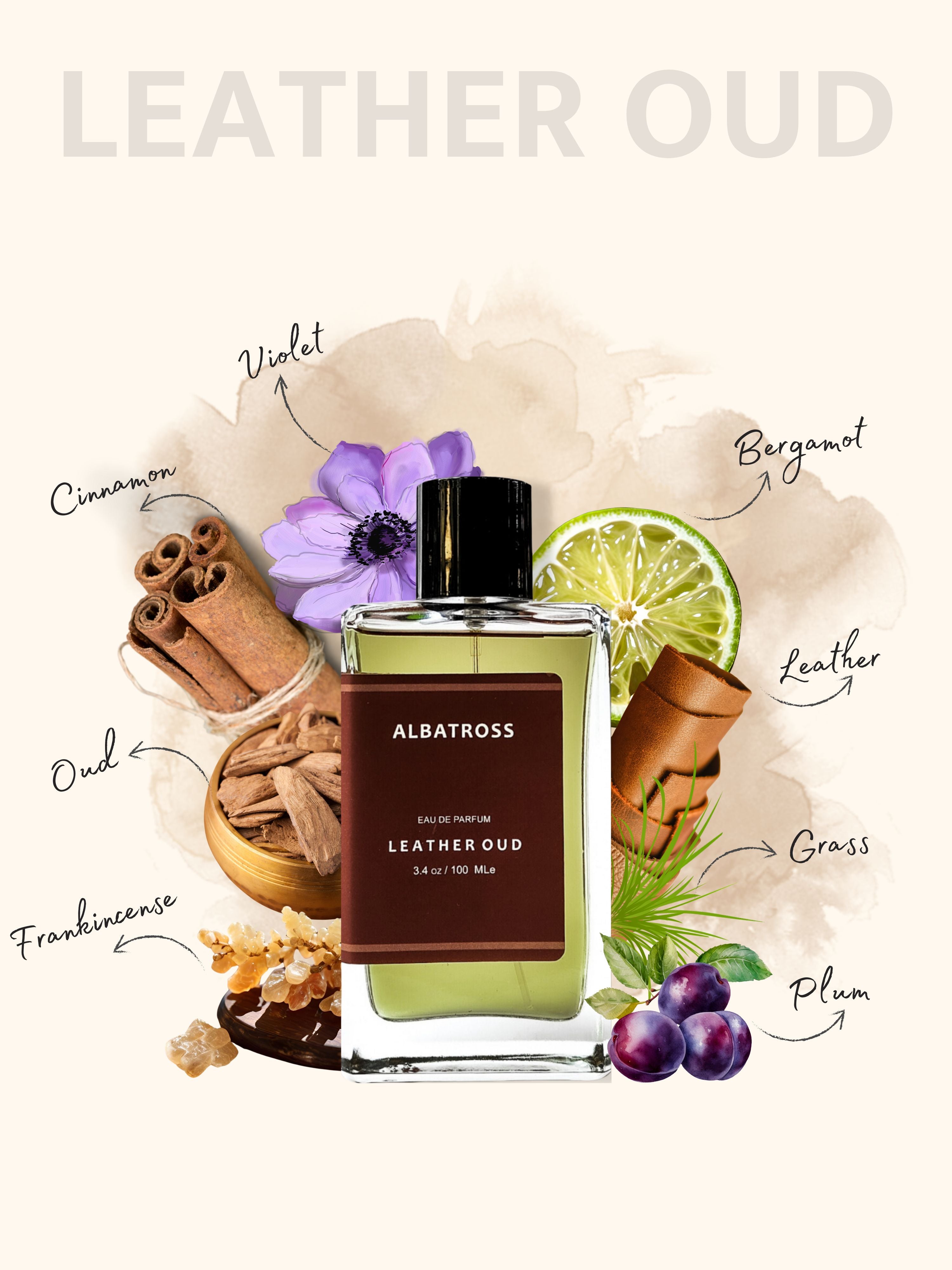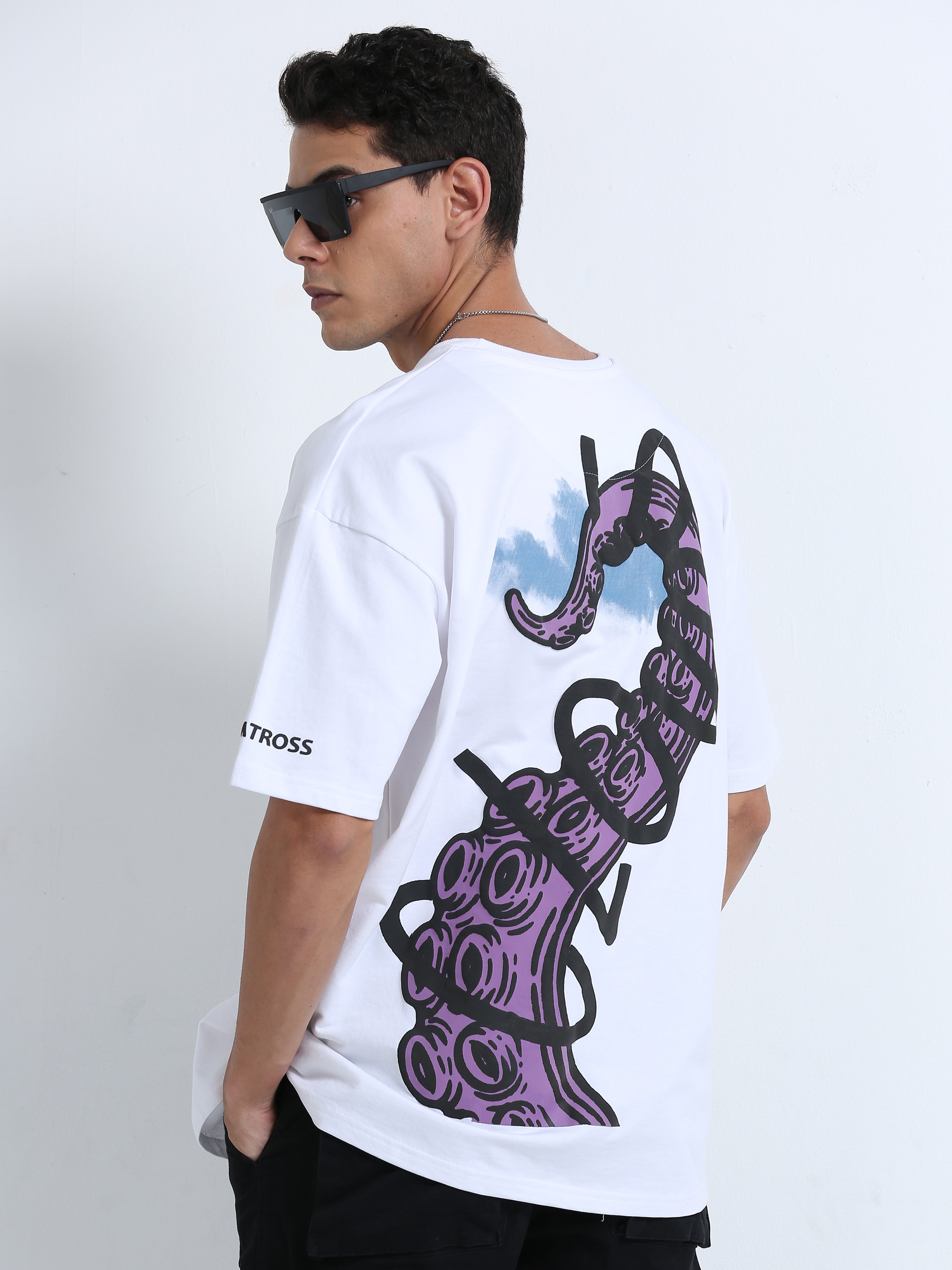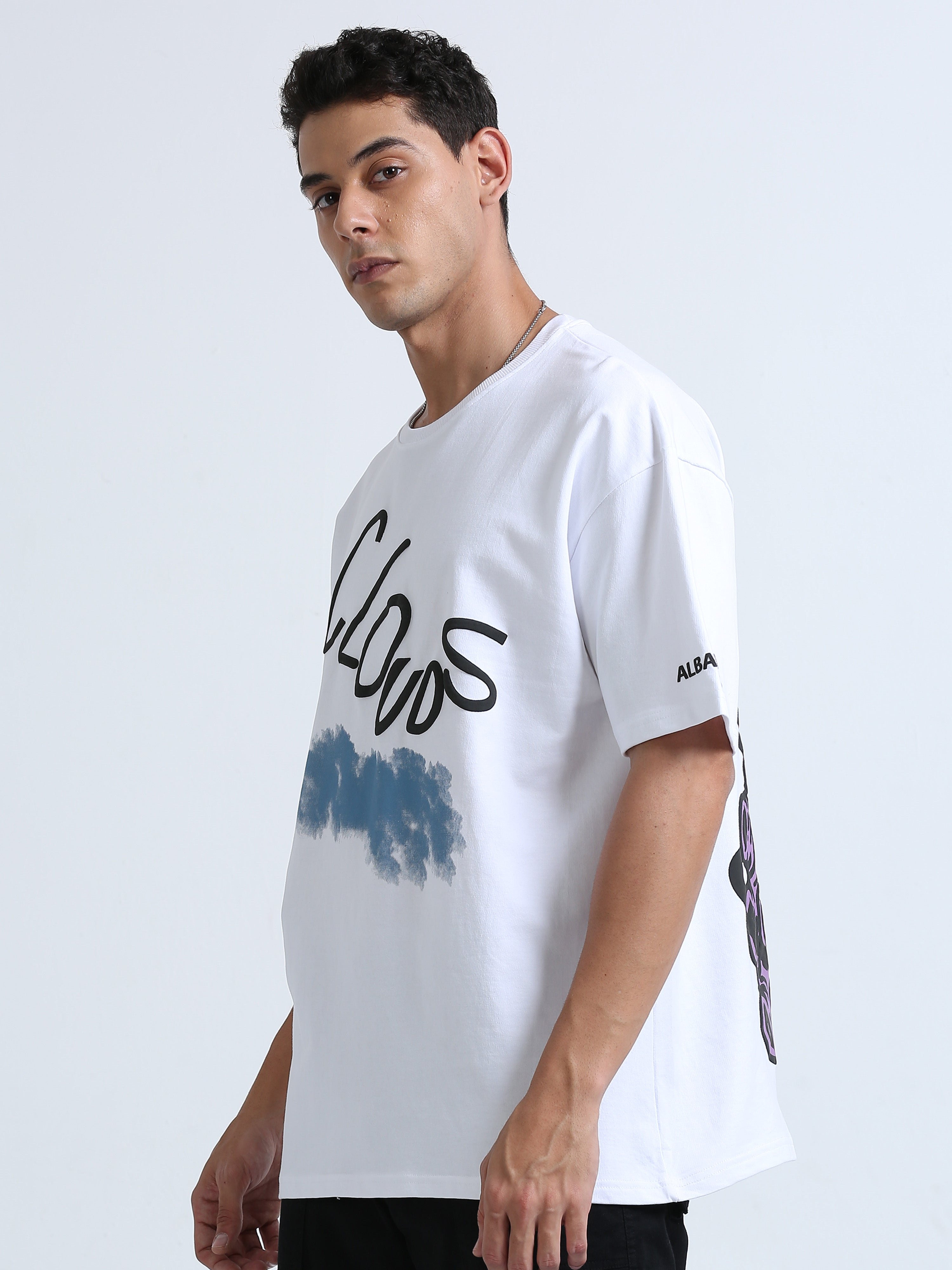The Origins of Perfume: A Cultural History of Fragrance | Albatross perfumes
From the delicate whisper of a floral eau de toilette to the bold declaration of an oriental extrait, fragrance has captivated humanity for millennia. It's more than just a pleasant scent; it's an art form, a ritual, and a powerful cultural touchstone. Have you ever paused to consider the origins of perfume, how it evolved from sacred smoke to the sophisticated bottles we treasure today?
The journey of fragrance is deeply intertwined with human civilization, reflecting our beliefs, social structures, scientific advancements, and artistic expressions across diverse cultures. Understanding this rich tapestry reveals why perfume holds such an enduring allure.
Ancient Beginnings: Fragrance in Ritual and Religion
The earliest origins of perfume are rooted not in vanity, but in spirituality and survival. Ancient civilizations across the globe utilized fragrant materials for their perceived medicinal properties, as offerings to deities, and in rites of passage. It was a bridge between the mortal and the divine, a way to purify, heal, and communicate with the unseen.
Mesopotamia and Egypt: The Cradle of Perfumery
It is believed that the very first perfumer was a woman named Tapputi, a chemist mentioned on a cuneiform tablet from Mesopotamia around 1200 BCE. She developed techniques for extracting scent from flowers, oils, and calamus with other aromatics, filtering and distilling them multiple times.
Ancient Egypt, however, truly elevated the art of fragrance:
-
Religious Rites: Perfumes, often in the form of incense (like kyphi), were integral to religious ceremonies, embalming processes, and daily rituals for both the living and the dead. They believed fragrant smoke carried prayers to the gods.
-
Social Status: Fragrance was a symbol of wealth and status. Pharaohs and priests had access to the finest and most complex scents. Cleopatra, famously, used perfumes to mesmerize and assert her power.
-
Personal Adornment: Egyptians wore solid cones of perfumed fat on their heads, which would slowly melt, releasing fragrance. They also created scented oils and balms to moisturize skin and mask body odor.
The Influence of India and the East
Simultaneously, ancient India developed its own rich perfumery traditions. The Indus Valley Civilization (c. 3300–1300 BCE) used distillation techniques for aromatic substances. Later, texts like the Brihatsamhita detailed perfume recipes, often incorporating ingredients like sandalwood, jasmine, and rose. In China, incense was widely used in religious ceremonies and for personal enjoyment, alongside scented sachets and oils. These Eastern traditions heavily influenced the development of fragrance across Asia.
The Classical Era: Greece, Rome, and the Spread of Scents
As civilizations flourished, so did the use of fragrance, spreading from the Near East to the Mediterranean. The Greeks and Romans embraced perfume with an enthusiasm that bordered on obsession, integrating it into their daily lives and public spaces.
Greece: Beauty, Mythology, and Medicine
The Greeks learned much from the Egyptians, but infused perfumery with their own distinct cultural values:
-
Aesthetic Pleasure: Fragrance became deeply associated with beauty and pleasure. Greek mythology often featured gods and goddesses who anointed themselves with divine oils, bestowing beauty and immortality.
-
Athletic Rituals: Athletes would anoint their bodies with scented oils before and after competitions.
-
Medicinal Uses: Early Greek physicians like Hippocrates recognized the therapeutic properties of aromatics, using them in remedies and sanitation.
Rome: Extravagance and Engineering
The Romans took Greek and Egyptian influences and expanded them to an unprecedented scale:
-
Public Baths: Roman baths were not just for cleansing but also for socializing and perfuming. Different oils and balms were applied after bathing.
-
Excessive Use: Perfume was used on everything—bodies, clothing, pets, even public fountains and theater curtains. This reflected the Roman love for opulence and sensory indulgence.
-
Advanced Techniques: Roman perfumers, unguentarii, refined methods for creating complex scents, using ingredients from across their vast empire.
The Islamic Golden Age: Alchemy and Innovation
Following the fall of the Western Roman Empire, the art of perfumery saw a decline in Europe but flourished in the Islamic world. The Islamic Golden Age (8th-13th centuries) was a pivotal period that revolutionized perfume making through scientific advancements.
The Master Alchemist: Avicenna
The Persian polymath Ibn Sina, known as Avicenna (c. 980–1037 AD), is credited with pioneering the process of steam distillation for extracting essential oils from flowers, most notably the rose. Before this, perfumes were primarily oil-based infusions or incense.
-
Rosewater: Avicenna's method yielded pure rosewater, a lighter, more delicate, and longer-lasting fragrance that quickly became immensely popular.
-
Impact: This innovation was a game-changer, allowing for the creation of alcohol-based perfumes as we know them today, and dramatically expanding the palette of available scents.
The Islamic world also introduced many new raw materials to perfumery, including musk, ambergris, jasmine, and various spices, which greatly enriched the fragrant landscape.
Renaissance Europe and the Birth of Modern Perfumery
As trade routes opened and knowledge diffused, the sophisticated perfumery techniques of the East gradually made their way back to Europe, igniting a new era for fragrance.
Italy: The Cradle of European Perfumery
During the Renaissance, Italy, particularly Venice and Florence, became a center for perfume making. Italian perfumers refined distillation techniques and created exquisite scents using newly imported exotic ingredients. Catherine de' Medici, an Italian noblewoman, is often credited with introducing perfume to France when she married King Henry II in the 16th century, bringing her personal perfumer, Rene le Florentin, with her.
France: The Global Capital of Fragrance
France, specifically the town of Grasse, eventually emerged as the undisputed capital of the perfume industry.
-
Glove Makers: Initially, Grasse was known for its leather tanneries. To mask the unpleasant smell of tanned leather, glove makers started scenting their products, leading to a flourishing industry of "perfumed gloves."
-
Cultivation: The climate of Grasse proved ideal for cultivating many essential perfume ingredients, such as jasmine, roses, tuberose, and orange blossoms, establishing it as a primary source for raw materials.
-
Royal Courts: The French aristocracy, especially under figures like Louis XIV (who famously demanded a new perfume for each day), embraced fragrance with gusto. The Sun King's court at Versailles was known as "the perfumed court."
This period saw the rise of the true perfumer as an artist and scientist, blending complex compositions and laying the groundwork for the modern perfume industry.
Conclusion:
The origins of perfume are a captivating narrative, stretching from the smoky altars of ancient Mesopotamia and Egypt to the sophisticated laboratories of modern France. This cultural history of fragrance demonstrates its profound and enduring role in human experience – as a spiritual offering, a symbol of status, a tool for healing, and ultimately, an art form that enriches our lives. Each spritz today carries the echoes of millennia of innovation, artistry, and a universal human desire to connect with beauty and the unseen world through scent. Next time you apply your favorite fragrance, remember the incredible journey it has taken through time and cultures.
FAQ Section:
FAQs About the Origins of Perfume
-
Who made the first perfume?
The earliest known perfumer was Tapputi from Mesopotamia, around 1200 BCE, who refined techniques for extracting scents. However, ancient Egyptians were also highly sophisticated in their use of fragrances. -
What was perfume originally used for?
Perfume was originally used primarily for religious rituals, embalming, medicinal purposes, and to mask unpleasant odors, rather than solely for personal adornment. -
How did the Islamic Golden Age contribute to perfume?
The Islamic Golden Age, particularly through the work of Avicenna, revolutionized perfumery with the invention of steam distillation, which allowed for the creation of essential oils and rosewater, leading to alcohol-based perfumes. -
Why is Grasse, France, famous for perfume?
Grasse became famous for perfume due to its ideal climate for cultivating fragrant flowers like jasmine and roses, and its history with scented leather gloves, which evolved into a dedicated perfumery industry. -
What are some of the oldest perfume ingredients?
Some of the oldest perfume ingredients include frankincense, myrrh, civet, spices, and various aromatic resins and woods, used in incenses and infused oils.









